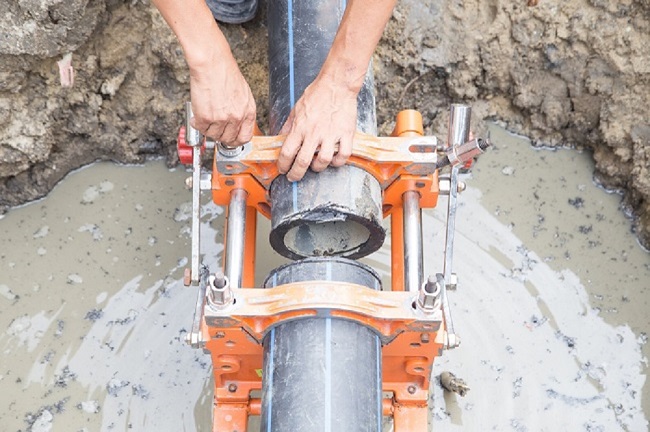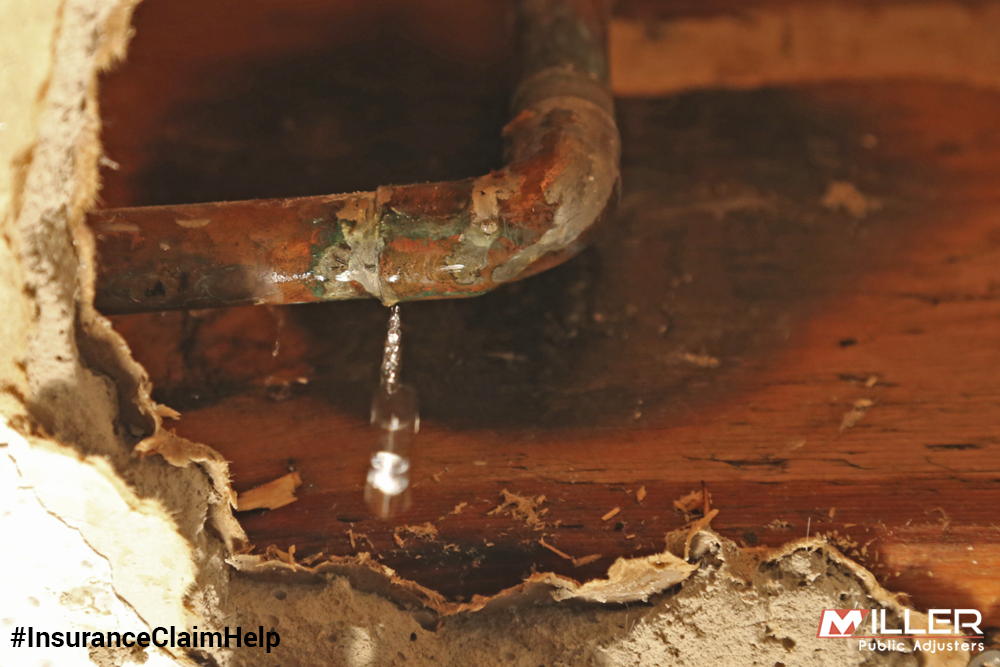Quick-Response Plumbing: Tips for Identifying and also Repairing Burst Pipes
Quick-Response Plumbing: Tips for Identifying and also Repairing Burst Pipes
Blog Article
Just how do you really feel when it comes to How to install a dishwasher safely?

A ruptured pipeline is a major emergency; you can only stand as you view water you pay a lot to rejoin with the earth. In worse situations, you observe a swimming pool on your kitchen floor, which is a terrific trip danger, specifically if you have youngsters around. If the pipeline that burst was in your walls, problem: you might require to paint that whole area.
How can a disaster like a burst pipe be stopped as well as taken care of? Well, by paying attention to your professional emergency plumbings and complying with these policies.
Exactly how do I understand when my pipelines have ruptured?
Rising and fall water stress
Pipelines do not simply burst in a day. You might have seen that your cooking area faucet or shower does not run quickly when you transform the faucet. It may stop for a couple of secs and afterwards blast you with even more pressure than usual.
In other instances, the water may seem normal at first, then drop in pressure after a couple of secs.
Infected water
Many individuals think a ruptured pipe is a one-way outlet. Quite the contrary. As water flows out of the hole or gash in your plumbing system, contaminants find their method.
Your water might be polluted from the source, so if you can, check if your water tank has any kind of troubles. Nevertheless, if your drinking water is supplied and detoxified by the local government, you must call your plumber right away if you see or smell anything funny in your water.
Puddles under pipes and also sinks
When a pipeline bursts, the outflow develops a puddle. It might show up that the puddle is growing in dimension, as well as regardless of the number of times you wipe the puddle, in a few mins, there's one more one waiting to be cleaned up. Frequently, you might not have the ability to trace the pool to any kind of noticeable pipes. This is a sign to call a specialist plumber.
Damp walls and water discolorations
Before a pipe ruptureds, it will leakage, a lot of times. If this persistent dripping goes unnoticed, the leakage might graduate into a vast wound in your pipeline. One simple way to prevent this emergency is to keep an eye out for wet walls advertisement water spots. These water spots will lead you right to the leakage.
Untraceable trickling sounds
Pipe bursts can take place in one of the most unpleasant places, like within concrete, inside wall surfaces, or under sinks. When your home goes silent, you might be able to hear an aggravatingly consistent dripping sound. Even after you've examined your shower head as well as cooking area tap, the trickling may continue.
Precious reader, the trickling might be coming from a pipeline inside your walls. There isn't much you can do concerning that, other than tell a specialist plumber.
Turn up the Warmth
Set up followers to blow heat right into cold spaces. Keep the garage door shut. If you have lowered water flow, warmth the most prone pipes (typically in cellars as well as crawl spaces or near outside walls) with a hair clothes dryer. Leave the faucet on while you apply warmth. As you melt ice, the circulation will certainly enhance. To stop pipes from cold, insulate your walls.
Beginning Eliminating the Water
Get the wipe, buckets as well as a store vacuum to start to remove the water because you definitely do not want it soaking right into every little thing else in the house. Plus, a fast tidy up will lower the chances of something getting musty.
What do I do when I detect a burst pipe?
Your water meter will certainly remain to run even while your water wastes. To decrease your losses, find the primary controls as well as transform the supply off. The water mains are an above-ground structure beside your residential or commercial property.
How to Fix & Detect a Leaking Pipe
How Do I Know if a Pipe is Leaking?
Leak detection tests can help you determine if your pipe has a leak. Even if you don’t see an apparent leak, you should still conduct leak detection tests regularly to save water and money—and prevent major damage to your home.
Water meter. It can be helpful to figure out what your usual water meter usage numbers are and then monitor them regularly. To monitor your meter, first, turn off all water faucets in your home. Check the meter and write down the numbers. In a few hours, check the meter again. If the numbers have changed, you have a leak. Water gauge. Use a water gauge to test your water pressure. Your showerhead should produce a certain amount of water pressure based on its model and design. If the pressure is lower than it is supposed to be for that specific showerhead, your home likely has a leak. Puddles. Look inside your bathroom, laundry, and kitchen sink cabinets. Puddles around the cabinets or around toilets, tubs, showers, and washing machines indicate the presence of a leaking pipe. You may also notice loose tiles, peeling or flaking paint, or mold caused by water accumulation. Napkin test. Even if you don’t see any puddles, you may still have a leak. You can test for water leaks in the bathroom, laundry, and kitchen by wiping below-sink connections with a napkin, paper towel, or piece of toilet paper. If it becomes damp, you probably have a leaking pipe under the sink. Discolored walls. Walls that are discolored—usually with brown or yellow stains—or bulging might mean that they have been impacted by water damage caused by a leaking pipe. Smell. A leaky pipe will create sitting water, and over time, that water may develop a musty smell. If your home smells musty, but you can’t locate the source, it may be due to a leak. Steps for Fixing a Leaking Pipe
A leaky drain can be remedied by tightening the pipe base, replacing the drain seal, caulking the rim, and tightening the pipe nut. Similarly, a leaking toilet pipe can be treated by tightening the packing nut. You may also need to replace the valve. A leaky faucet may just need tightening or replacement of the washers. If that doesn’t work, consider replacing your faucet. If your pipe has a hole in it, you may want to use a pipe leak sealer or pipe leak tape. This quick fix for water pipe leaks can also temporarily fix a copper pipe leak. https://www.ahs.com/home-matters/quick-tips/how-to-tell-if-pipes-are-leaking/

I was made aware of that article about How to Install and Connect a New Dishwasher from a good friend on our other website. Do you know about somebody who is excited by the topic? Please feel free to share it. We treasure reading our article about How to Install and Connect a New Dishwasher.
Get Started
Report this page